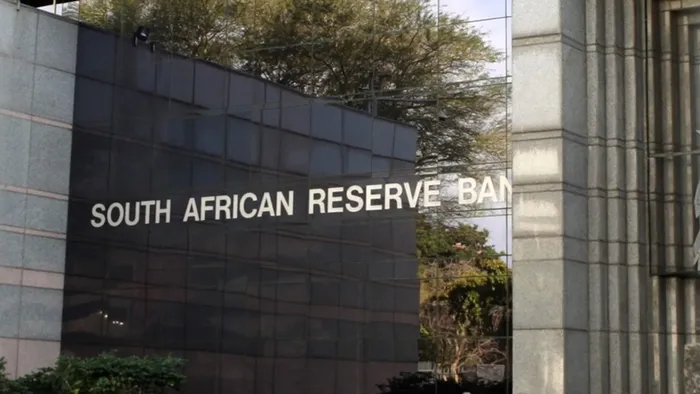Sarb's potential shift to 3% inflation target could benefit South African economy - economists
INFLATION

Analyses undertaken by the Sarb, the National Treasury, and other experts highlight significant potential benefits from reducing the inflation target to 3%.
Image: File
Economists have concurred that the South African Reserve Bank (Sarb) could help lower the borrowing costs, boost investor confidence, and economic growth by reducing its inflation targeting to 3% per annum.
This comes as discussions have emerged regarding whether South Africa’s current inflation target midpoint of 4.5% is consistent with price stability and whether adjusting it to a lower rate might help secure the current trend of low inflation
Analyses undertaken by the Sarb, the National Treasury, and other experts highlight significant potential benefits from reducing the inflation target to 3%.
Recent comments from the Sarb about potentially lowering the inflation target led market participants to recalibrate inflation expectations downward.
According to the Bank of America (BofA) Global Research's latest South Africa Viewpoint on Monday, there is more to gain and less to lose by moving to 3% inflation target.
“We think moving to 3% is almost certain. The Sarb would not have intensified its desire if it did not have buy-in - at least in private if not publicly. Markets would not have reacted positively if the moves were in doubt,” said Tatonga Rusike, BofA’s sub-Saharan Africa economist.
“An announcement could be made with the concurrence of the finance minister at either of the upcoming MPC meeting(s) - the Mid-term Budget presentation in October or the Budget 2026 presentation in February. Inflation is already benign and does not require the Sarb to change its current rate cycle.
“Other than influencing expectations through moral suasion, work still needs to be done in publishing the advantages of the 3% inflation target to the non-technical public, price setters and labour unions.
South Africa moved from 3-6% to a 4.5% mid-point target in 2017. Reaching it was helped by central bank credibility and supportive supply-side factors - low oil and food prices.
The Brent oil price averaged $63 per barrel between 2017 and 2019 while food inflation averaged 7% in 2017, 3.2% in 2018 and 3.1% in 2019.
This made it easier to reach 4.5% and the central bank was cutting the policy rate through the cycle.
Earlier this year, Sarb Governor Lesetja Kgayango said one particular issue that both advanced and emerging market economies grappled with was making sure that their targets were efficient and aligned with clear and practical definitions of ‘price stability’.
“Most advanced economies have settled on maintaining inflation targets at 2%, while emerging markets are closer to the 3% mark,” Kganyago said. “Early adopters of inflation targeting have updated their frameworks to better reflect changing realities on the ground, with Armenia being the latest central bank to also reduce its target to 3%.”
In its latest annual report, the Sarb said the “main concern with South African inflation is not our ability to hit the target. Rather, it is that our target is high compared to other countries.”
The bank said although an inflation rate of 4.5% may seem moderate, it still causes prices to double every 16 years, and this is hard to reconcile with its constitutional obligation to safeguard the value of the currency.
Investec chief economist, Annabel Bishop, said concurred with the advocacy for a lower inflation target, asserting that such a move would foster a more advantageous interest rate environment.
“A persistently lower rate of inflation would result in a lower interest rate environment which in turn would benefit the economy, the bond market and consumers. At 3% year-on-year inflation the neutral interest rate would be 5% not 6.5% with inflation at 4.5% year-on-year,” Bishop said.
“In addition, higher than expected tax collections would allow for a reduction in the fiscal deficit and so could reduce the borrowing requirement, again positive for the bond outcome, although the market has largely adopted a wait and see attitude.”
BUSINESS REPORT